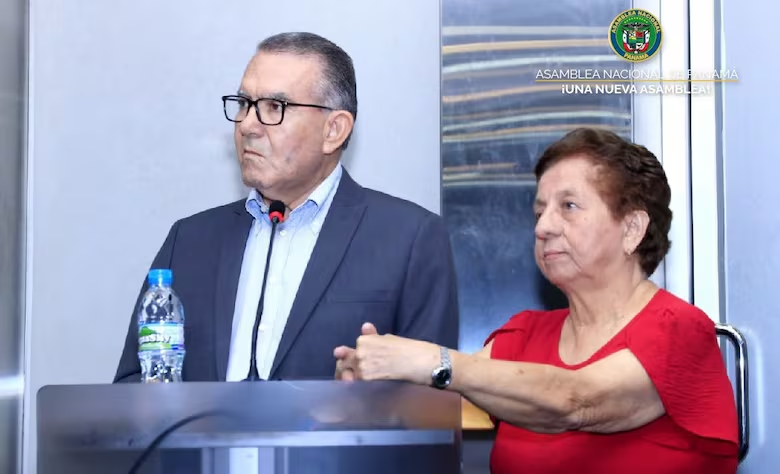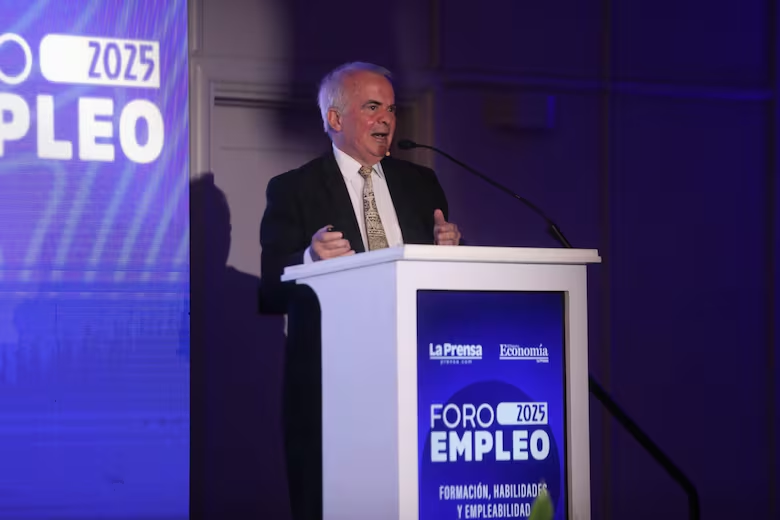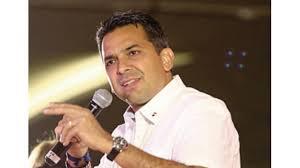Panama Unions Want More Than $900 Minimum Wage While Business Leaders Warn About the Economy
Minister of Labor and Workforce Development, Jackeline Muñoz is pictured below. The country enters a negotiation marked by deep tensions and a clear diagnosis: the economy does not offer ample room for maneuver, but social needs also do not allow for postponements.

The morning of Saturday, November 15, fell heavily on the building of the Ministry of Labor and Workforce Development (Mitradel), where the installation of the Minimum Wage Commission made it clear, from the first greeting, that the country was entering a negotiation full of old tensions and new urgencies. In the corridors of that state entity, while the delegations were settling in, the same idea was already being repeated: the economy is struggling, but social needs can no longer wait.

Minister of Labor and Workforce Development, Jackeline Muñoz and her Team
The unions took their places with a demand they’ve championed for decades: to push the minimum wage to $900 a month, the point that—they say—finally touches real life. They brandished figures of accumulated growth and recalled, with a weary tone, that purchasing power has been dissolving like salt in water. On the other side of the table, the businessmen spoke of the other side of the country: unemployment that is already flirting with double digits, more than 700,000 Panamanians in the informal sector, and thousands of small businesses that survive only through sheer stubbornness.
The Workers Demand
When he took the floor, Aniano Pinzón, president of the National Council of Organized Workers (Conato), made it clear that the discussion wasn’t starting from scratch. “Panamanian workers have been demanding a decent minimum wage for over three decades without success—a wage that allows us to cover the entire basket of goods and services, not just food,” he recalled. He spoke of governments and business leaders repeating, year after year, that the economic conditions are not right, even in a country that was once the fastest growing in the region. For him, that argument no longer holds up against the weight of history.

Aniano Pinzón and Nelva Reyes are pictured above
Amid the silence of the room, Pinzón revisited the figures that Conato had presented during the last wage negotiation in 2023: the Ministry of Health’s basic food basket, calculated at $1,800 for a typical family. “That means that, in a household with two working people, the minimum wage should be $900 per month,” he said. But the reality was quite different: an average of $577. The gap, he insisted, required an adjustment of almost 58%, while the latest increases barely reached between 4% and 6%. For him, talking about productivity, skills, and economic growth without reviewing wages is simply repeating an incomplete equation.
The Government and the Business Community
The Minister of Labor, Jackeline Muñoz, intervened with a tone that sought to balance the room. She called for respect and self-criticism, and reminded everyone that the private sector—more than the government—is the driving force behind job creation. “The employer sector, those who are truly responsible for the country’s economy… the government cannot continue to carry the burden of the country,” she said, setting the tone for a meeting that will have to make decisions for 2026. She also issued a warning: the minimum wage setting mechanism has been stuck for over 60 years without structural adjustments, and this may be the last time the system operates with the model intact.
From the business side, Gabriel Diez made what sounded more like a plea than a recommendation: prudence. He spoke of households that can no longer afford basic necessities, but also of small and medium-sized businesses operating on the verge of collapse. He said the negotiations are taking place at a “particularly fragile” time and presented two figures that have shocked many: unemployment exceeding 10%, meaning more than 320,000 people are seeking work, and some 700,000 Panamanians trapped in the informal sector or underemployment. Any adjustment, he warned, could push more companies to the brink.
The Reality of Work
The most stark analysis came from labor advisor René Quevedo, who noted that the current economic situation is putting unprecedented pressure on the Commission. Although the National Institute of Statistics and Census (INEC) has not yet published its 2025 Labor Report, everyone assumes that unemployment will return to double digits, a level not seen—outside of the pandemic—since 2005. Quevedo broke down the figures: between 2012 and 2024, the country lost 24,000 formal private-sector jobs, while adding 63,000 public sector jobs and 264,000 informal jobs. “For every private-sector worker who loses their job, three public sector workers and ten informal workers replace them,” he said. This is compounded by a jump of almost 40 billion dollars in external debt.

René Quevedo, Business Consultant is Pictured Above
According to Quevedo, the country has become an economy sustained by debt rather than productivity, a structure that worsened after the mine closure and the loss of investment grade in March 2024. The symptoms—a shortage of circulating currency and a contraction in consumption—are being felt at every discussion table today. And as the delegates gathered their documents at the end of the day, a feeling lingered that was hard to ignore: this negotiation, spanning nine sessions at the Ministry of Labor, will not only determine a minimum wage, but also the course of a labor model that has begun to show its limitations.





